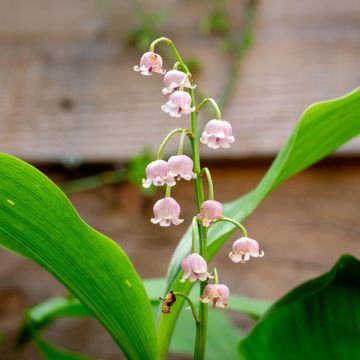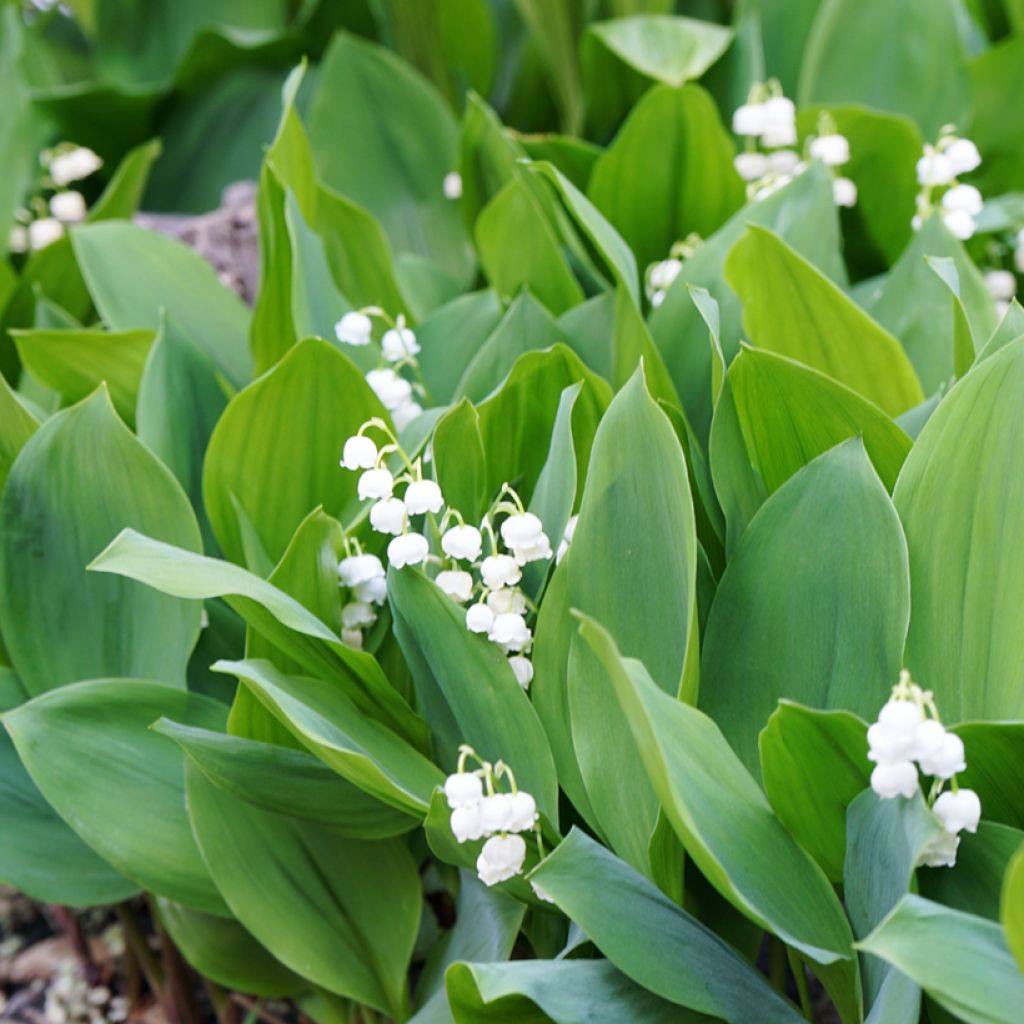

Convallaria majalis - Lily of the Valley
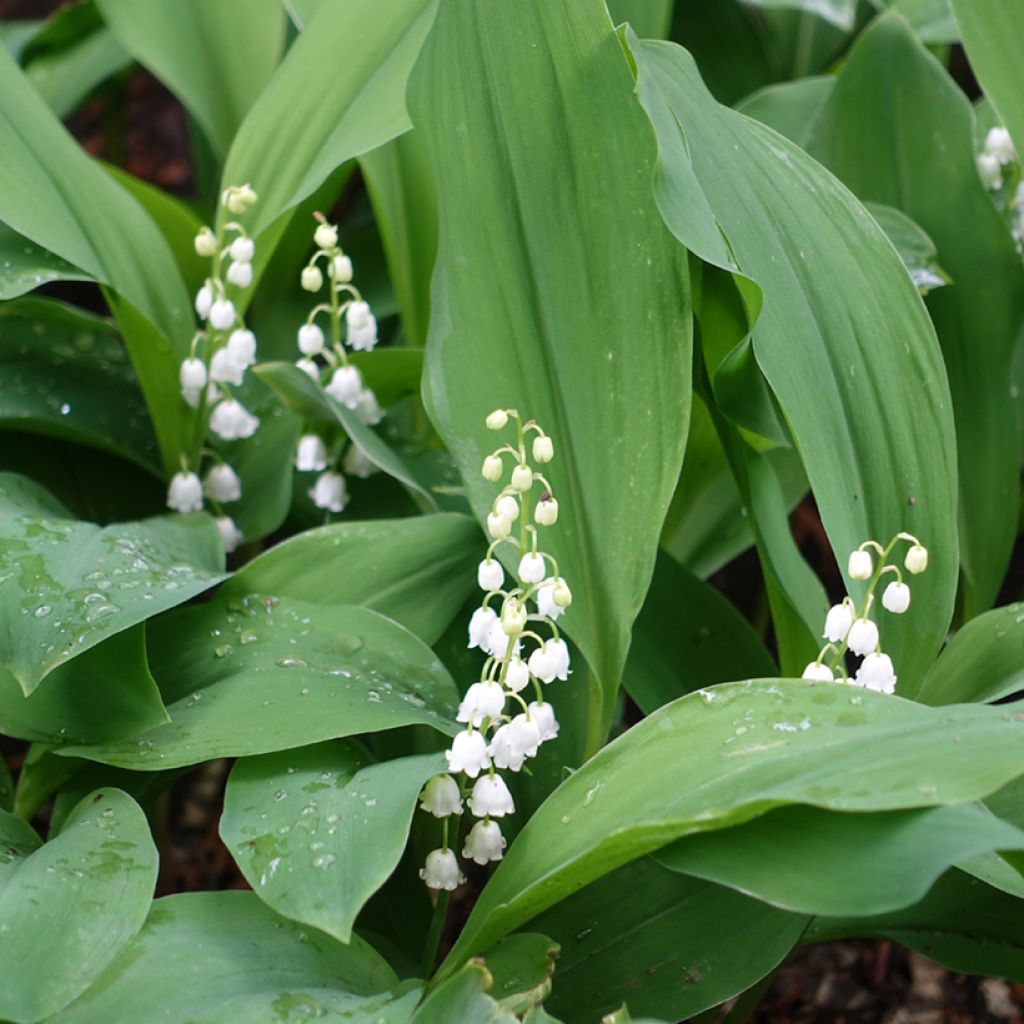

Convallaria majalis - Lily of the Valley


Convallaria majalis - Lily of the Valley
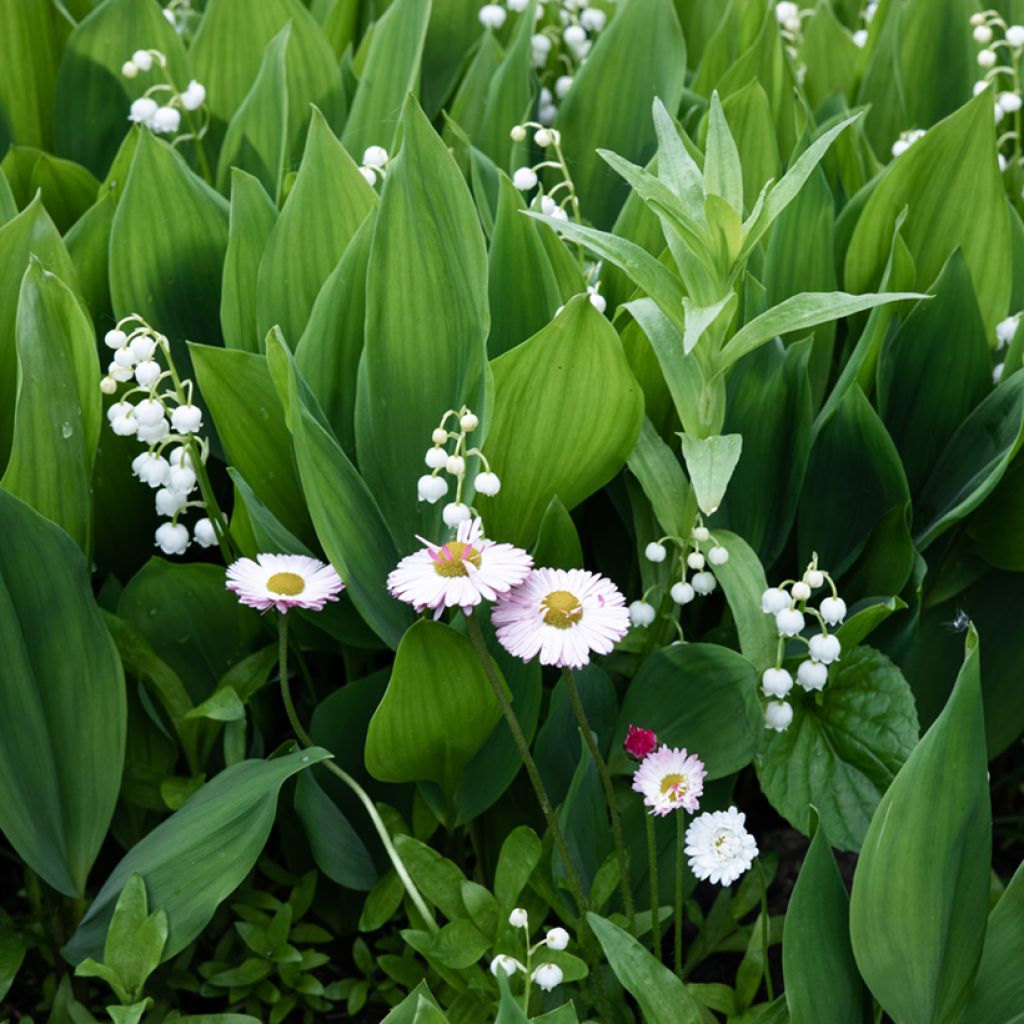

Convallaria majalis - Lily of the Valley
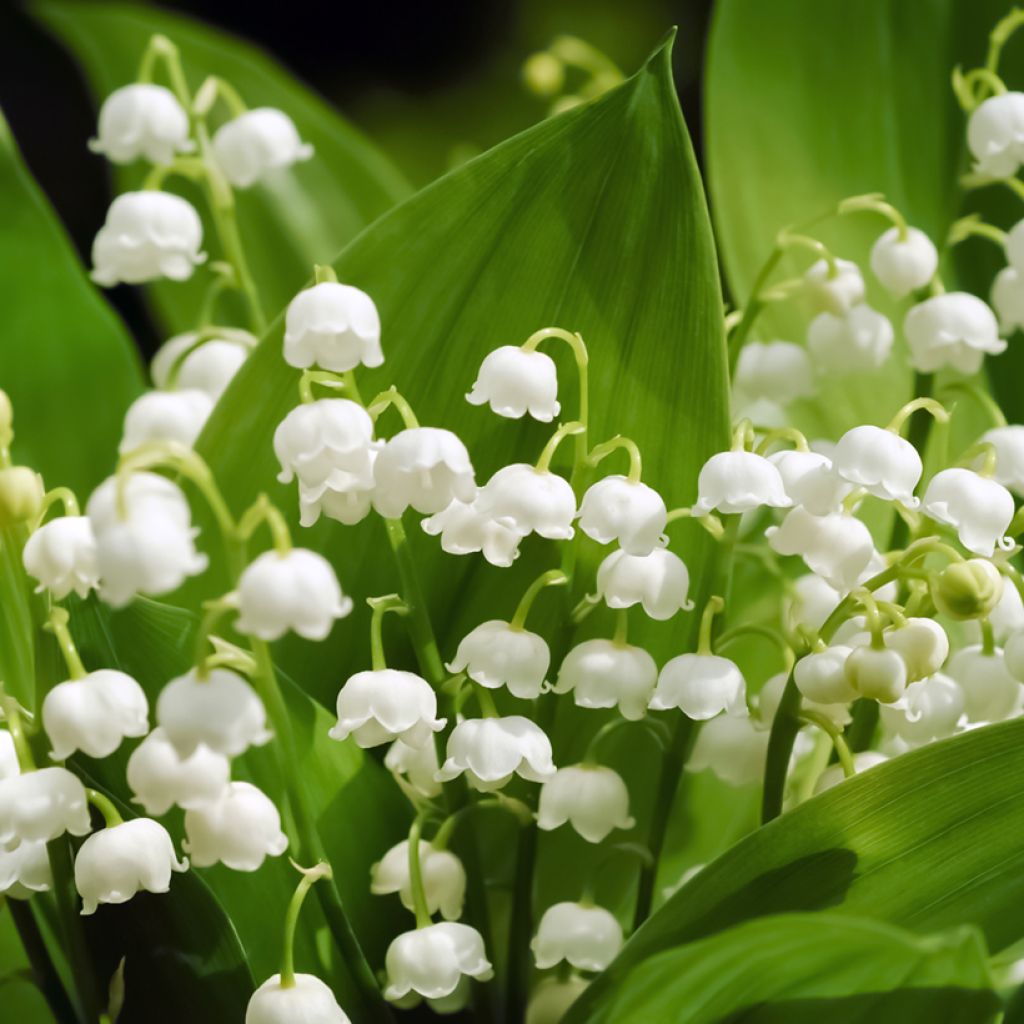

Convallaria majalis - Lily of the Valley
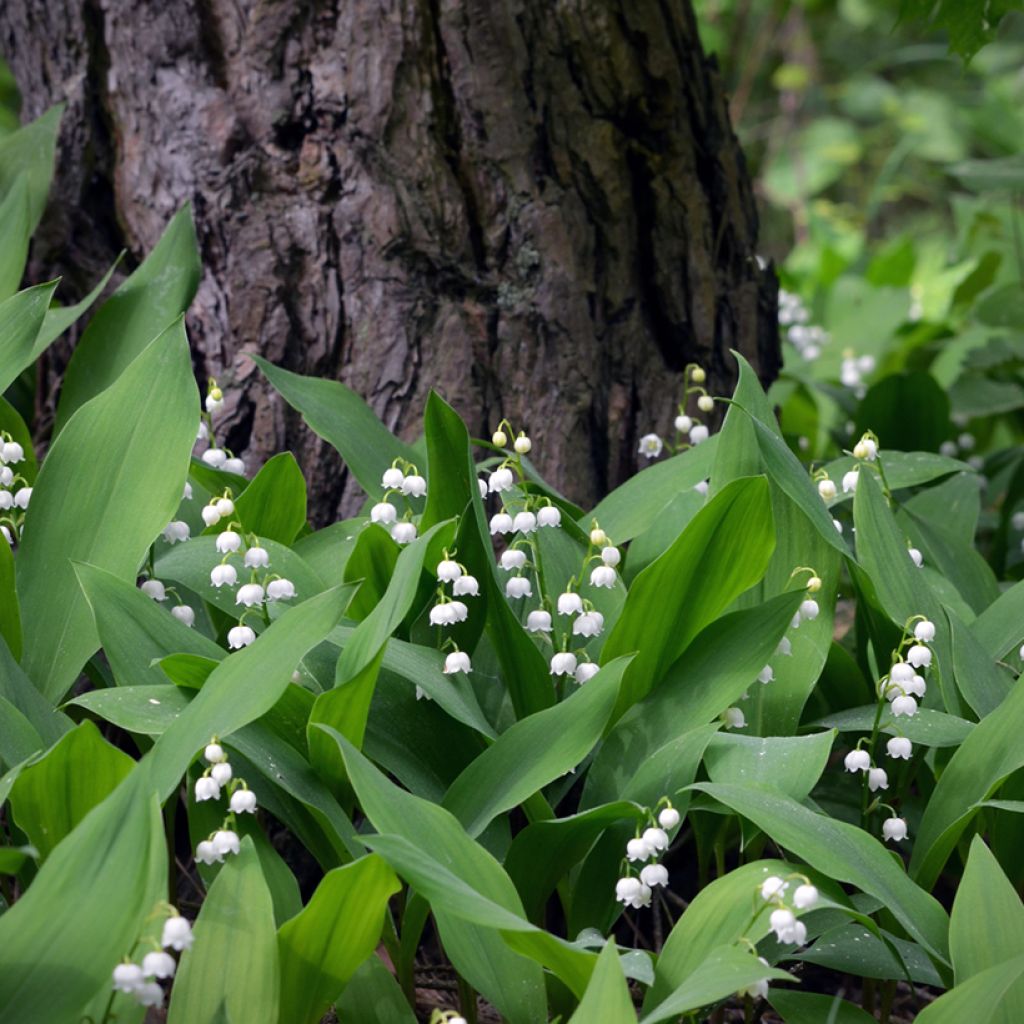

Convallaria majalis - Lily of the Valley
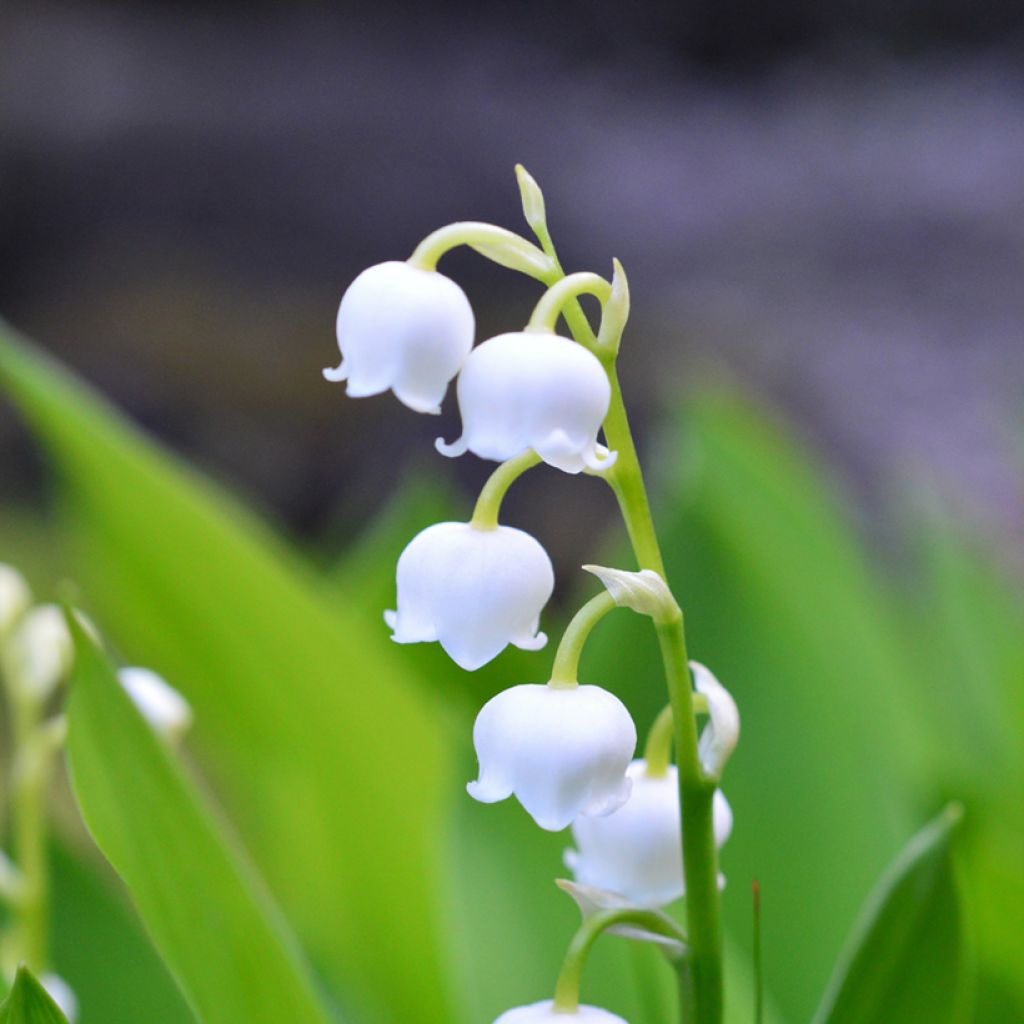

Convallaria majalis - Lily of the Valley
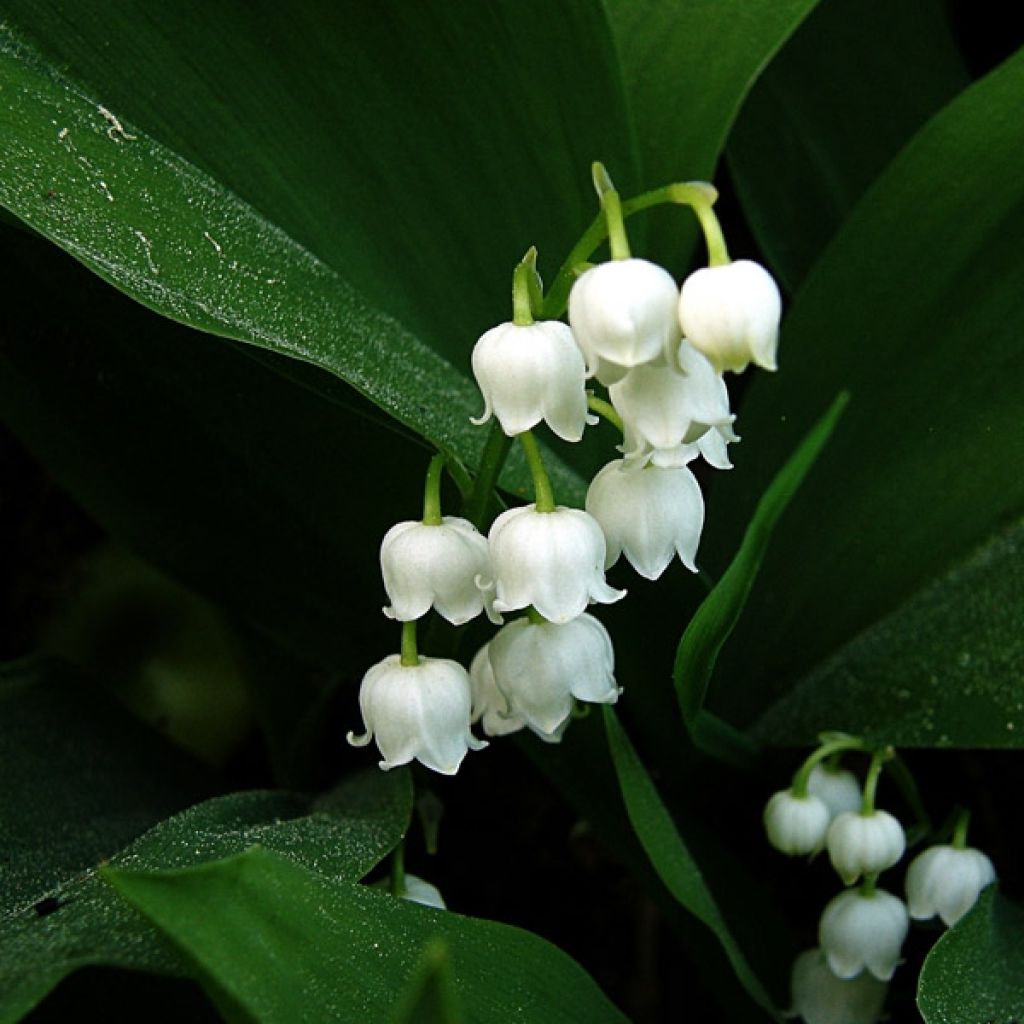

Convallaria majalis - Lily of the Valley
View more pictures
Hide images
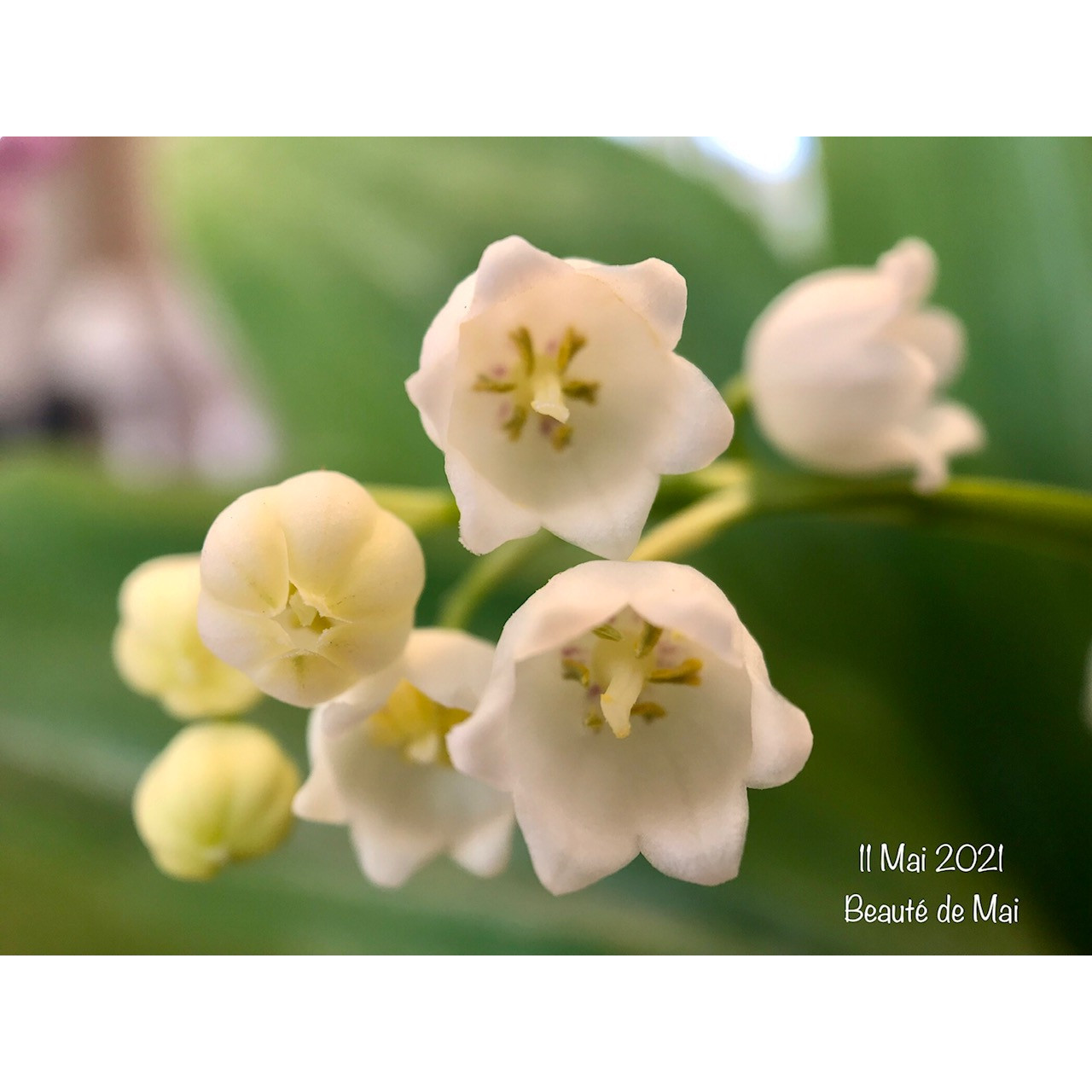
Catherine F.

Catherine F. • 50 FR
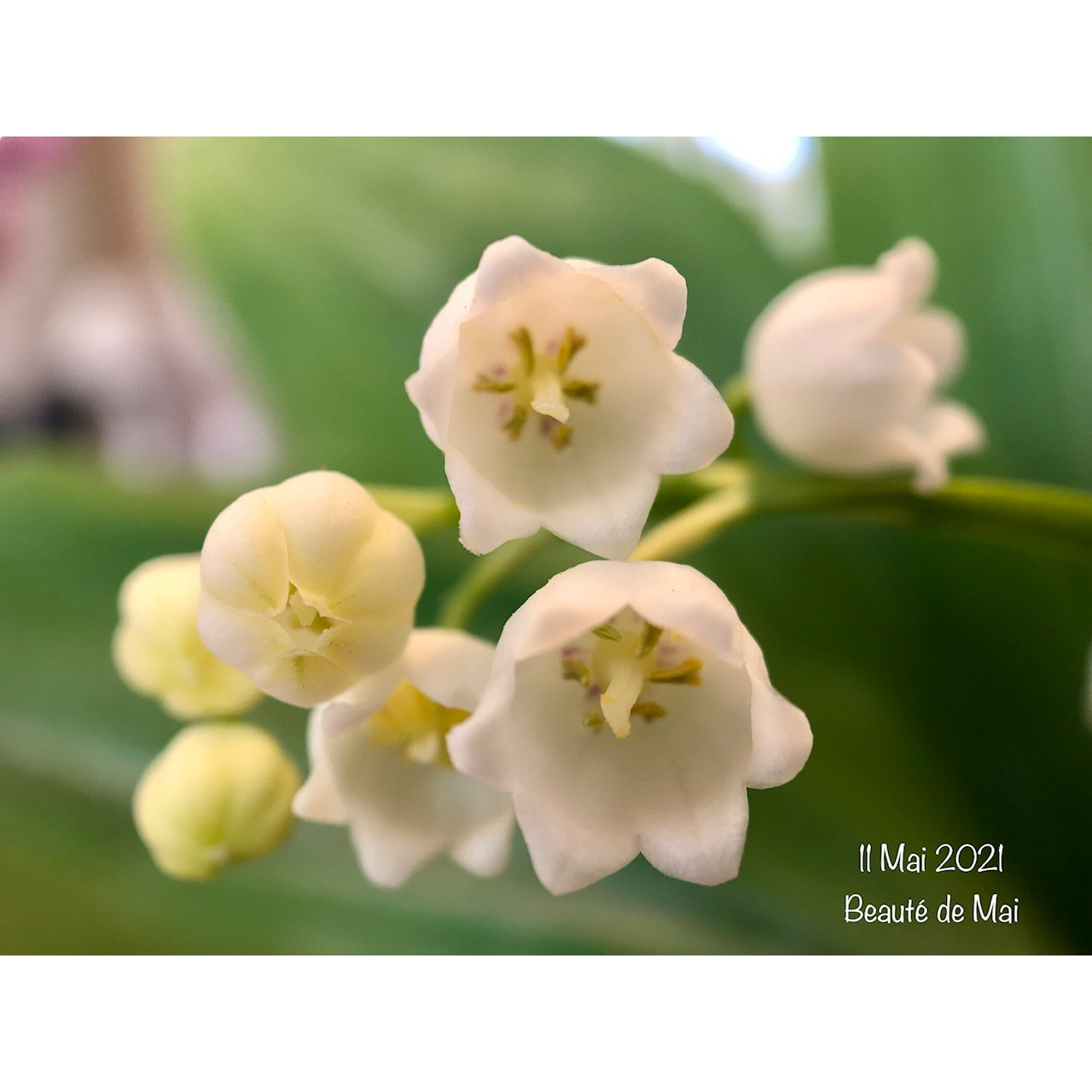
Catherine F.

Catherine F. • 50 FR
Convallaria majalis - Lily of the Valley
Convallaria majalis
Lily of the valley
He died
Salie, 29/10/2025
Special offer!
Receive a €20 voucher for any order over €90 (excluding delivery costs, credit notes, and plastic-free options)!
1- Add your favorite plants to your cart.
2- Once you have reached €90, confirm your order (you can even choose the delivery date!).
3- As soon as your order is shipped, you will receive an email containing your voucher code, valid for 3 months (90 days).
Your voucher is unique and can only be used once, for any order with a minimum value of €20, excluding delivery costs.
Can be combined with other current offers, non-divisible and non-refundable.
Home or relay delivery (depending on size and destination)
Schedule delivery date,
and select date in basket
This plant carries a 12 months recovery warranty
More information
We guarantee the quality of our plants for a full growing cycle, and will replace at our expense any plant that fails to recover under normal climatic and planting conditions.

Would this plant suit my garden?
Set up your Plantfit profile →
Description
The Convallaria majalis is the true lily of the valley that grows in our woodland. This small perennial plant is an emblem of the month of May and has a beautiful, pure white bell-shaped flower that perfumes the garden. It is a rhizomatous perennial that prefers partial shade and coolness but is not very demanding regarding soil, climate, and exposure. The Lily of the Valley is a plant often associated with legends and good luck. It grows well alongside Periwinkles and Bleeding Hearts in the garden and can also be used to create beautiful flowering pots and mixed planters.
The Convallaria majalis, commonly known as Lily of the Valley, May Lily, is a perennial plant belonging to the Asparagus or Lily family. This hardy and spreading plant can be found in the cool temperate regions of Northern and Western Europe, Western and Boreal Asia, and North America and can grow up to 2000m (6561.7 ft) altitude. It grows spontaneously in most areas, particularly on limestone soil.
Lily of the valley is a plant that grows in tufts and can reach a height of 15 to 20cm (7.9 in). It spreads by colonising the ground using its fleshy roots over large areas, but only if favourable conditions exist. The roots of the plant can be quite deep. In spring, the leaves and flower stems emerge directly from the rhizome. The naked flower stalks stand upright and are surrounded at the base by the sheaths of 2 large lanceolate basal leaves. These leaves are 3 to 6cm (2.4 in) wide and 10 to 15cm (5.9 in) long, thick, veined and of a bright medium green colour. Depending on the climate, the plant produces clusters of very fragrant small flowers shaped like little bells from April to June. These flowers are arranged unilaterally on the stem and last 2 to 3 weeks. Following the flowering, small red berries form, which are toxic to humans.
Very hardy and easy to grow, the Lily of the Valley grows everywhere, in the sun and shade, but requires a light soil that retains some moisture to flower well and spread abundantly. Plant it on the edge of the undergrowth, as a border in an east-facing position, near a walkway to enjoy its fragrance. Combine it with Bleeding Hearts, Mondo Grass, Periwinkles, Dead Nettles, or Barrenworts.
In its natural environment, the Lily of the Valley is an excellent indicator of the age and biodiversity of the forest.
Report an error about the product description
Convallaria majalis - Lily of the Valley in pictures


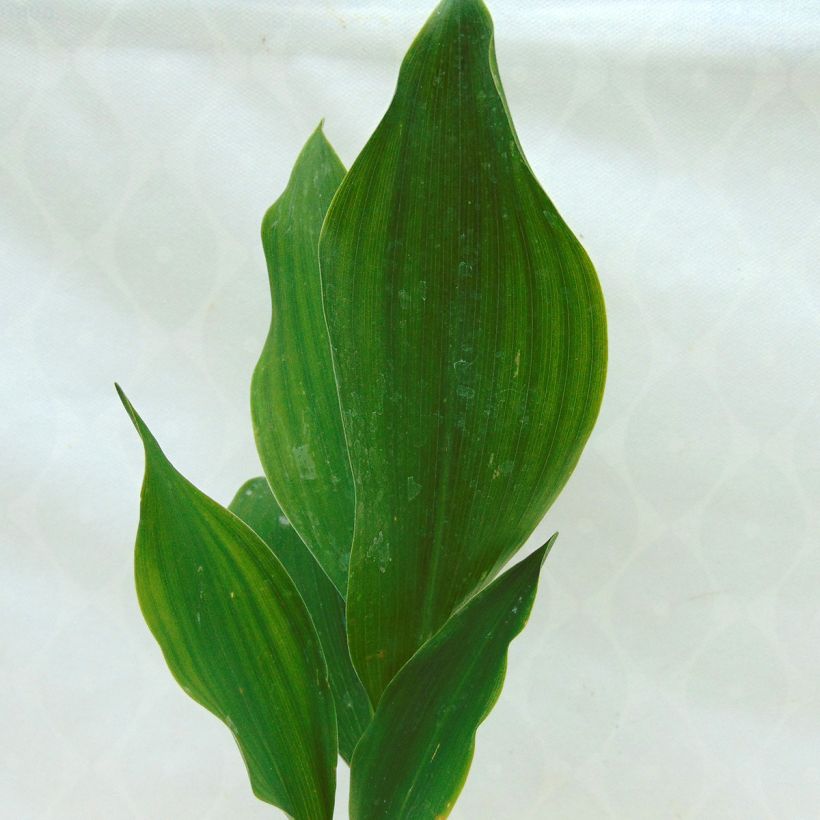



Flowering
Foliage
Plant habit
Botanical data
Convallaria
majalis
Asparagaceae (Liliaceae)
Lily of the valley
Western Europe
Other Convallaria - Lily of the valley
View all →Planting and care
To grow Convallaria majalis, it is best to plant it in a pot or at the edge of a border in semi-shade. The soil should be fresh, humus-rich, loose, and light. However, it can grow in various conditions and tolerates morning sun exposure in cool climates. If necessary, add compost and sand to lighten the garden soil. This plant requires a certain level of freshness to flower and spread well. In very dry summers, occasional watering may be necessary. The Convallaria majalis plant is low maintenance and has few enemies.
Planting period
Intended location
Care
Planting & care advice
-
, onOrder confirmed
Reply from on Promesse de fleurs
Haven't found what you were looking for?
Hardiness is the lowest winter temperature a plant can endure without suffering serious damage or even dying. However, hardiness is affected by location (a sheltered area, such as a patio), protection (winter cover) and soil type (hardiness is improved by well-drained soil).

Photo Sharing Terms & Conditions
In order to encourage gardeners to interact and share their experiences, Promesse de fleurs offers various media enabling content to be uploaded onto its Site - in particular via the ‘Photo sharing’ module.
The User agrees to refrain from:
- Posting any content that is illegal, prejudicial, insulting, racist, inciteful to hatred, revisionist, contrary to public decency, that infringes on privacy or on the privacy rights of third parties, in particular the publicity rights of persons and goods, intellectual property rights, or the right to privacy.
- Submitting content on behalf of a third party;
- Impersonate the identity of a third party and/or publish any personal information about a third party;
In general, the User undertakes to refrain from any unethical behaviour.
All Content (in particular text, comments, files, images, photos, videos, creative works, etc.), which may be subject to property or intellectual property rights, image or other private rights, shall remain the property of the User, subject to the limited rights granted by the terms of the licence granted by Promesse de fleurs as stated below. Users are at liberty to publish or not to publish such Content on the Site, notably via the ‘Photo Sharing’ facility, and accept that this Content shall be made public and freely accessible, notably on the Internet.
Users further acknowledge, undertake to have ,and guarantee that they hold all necessary rights and permissions to publish such material on the Site, in particular with regard to the legislation in force pertaining to any privacy, property, intellectual property, image, or contractual rights, or rights of any other nature. By publishing such Content on the Site, Users acknowledge accepting full liability as publishers of the Content within the meaning of the law, and grant Promesse de fleurs, free of charge, an inclusive, worldwide licence for the said Content for the entire duration of its publication, including all reproduction, representation, up/downloading, displaying, performing, transmission, and storage rights.
Users also grant permission for their name to be linked to the Content and accept that this link may not always be made available.
By engaging in posting material, Users consent to their Content becoming automatically accessible on the Internet, in particular on other sites and/or blogs and/or web pages of the Promesse de fleurs site, including in particular social pages and the Promesse de fleurs catalogue.
Users may secure the removal of entrusted content free of charge by issuing a simple request via our contact form.
The flowering period indicated on our website applies to countries and regions located in USDA zone 8 (France, the United Kingdom, Ireland, the Netherlands, etc.)
It will vary according to where you live:
- In zones 9 to 10 (Italy, Spain, Greece, etc.), flowering will occur about 2 to 4 weeks earlier.
- In zones 6 to 7 (Germany, Poland, Slovenia, and lower mountainous regions), flowering will be delayed by 2 to 3 weeks.
- In zone 5 (Central Europe, Scandinavia), blooming will be delayed by 3 to 5 weeks.
In temperate climates, pruning of spring-flowering shrubs (forsythia, spireas, etc.) should be done just after flowering.
Pruning of summer-flowering shrubs (Indian Lilac, Perovskia, etc.) can be done in winter or spring.
In cold regions as well as with frost-sensitive plants, avoid pruning too early when severe frosts may still occur.
The planting period indicated on our website applies to countries and regions located in USDA zone 8 (France, United Kingdom, Ireland, Netherlands).
It will vary according to where you live:
- In Mediterranean zones (Marseille, Madrid, Milan, etc.), autumn and winter are the best planting periods.
- In continental zones (Strasbourg, Munich, Vienna, etc.), delay planting by 2 to 3 weeks in spring and bring it forward by 2 to 4 weeks in autumn.
- In mountainous regions (the Alps, Pyrenees, Carpathians, etc.), it is best to plant in late spring (May-June) or late summer (August-September).
The harvesting period indicated on our website applies to countries and regions in USDA zone 8 (France, England, Ireland, the Netherlands).
In colder areas (Scandinavia, Poland, Austria...) fruit and vegetable harvests are likely to be delayed by 3-4 weeks.
In warmer areas (Italy, Spain, Greece, etc.), harvesting will probably take place earlier, depending on weather conditions.
The sowing periods indicated on our website apply to countries and regions within USDA Zone 8 (France, UK, Ireland, Netherlands).
In colder areas (Scandinavia, Poland, Austria...), delay any outdoor sowing by 3-4 weeks, or sow under glass.
In warmer climes (Italy, Spain, Greece, etc.), bring outdoor sowing forward by a few weeks.































